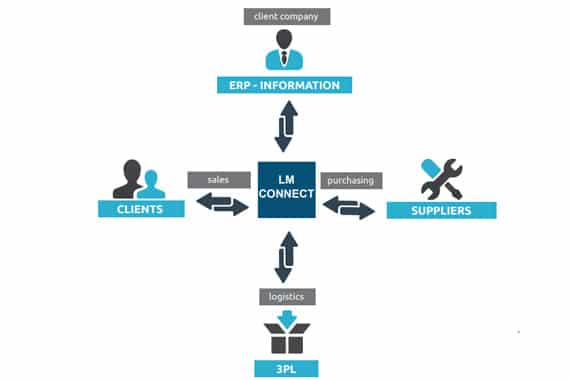1- EDI: A COMPANY-WIDE PROJECT
It is important to view the EDI as a company-wide project because it aims to organise the data exchange for the company’s entire ecosystem. Contrary to what one might think, an EDI is less technical than organisational in nature. This is why executive management should lead the project and communicate it to each department involved in it: IT, Business, Procurement, Operations, Production, etc.
2- ANALYSING THE FEEDS TO DIGITALISE
Many internal company feeds can be digitalised. They can be identified by analysing which processes are redundant, which ones use high volumes of data or require a lot of manual input. It is also important to define which business processes require improved feeds: stocks, for real-time visibility, client delivery optimisation for better visibility on supply.
3- IDENTIFYING A PROJECT MANAGER
When you have decided to digitalise feeds, it is important to designate a manager to implement this transformation. This manager will coordinate and facilitate the project through his or her connection to the entire ecosystem: company teams and service providers, EDI partners, suppliers, and clients.
4- PREPARING THE IT SYSTEM / STRUCTURING DATA
An EDI project is a structuring project. The first essential step is to codify and normalise the data to fit the standards and ecosystem you work in. The other important step in preparing this project is to define which interfaces will be required at every level of the IT system and determine which communication protocols should be designed. After deployment, feed management needs to be determined.
5-CHOOSING A SOLUTION
Choosing an EDI solution involves thinking about how to deploy your feeds and upgrade your solution:
- The internal solution implemented by IT. This option requires internal platform administration, infrastructure management and feed deployment resources.
- The SaaS or Managed Services solution will implement the infrastructure faster by bypassing the platform operation and administration aspects.




